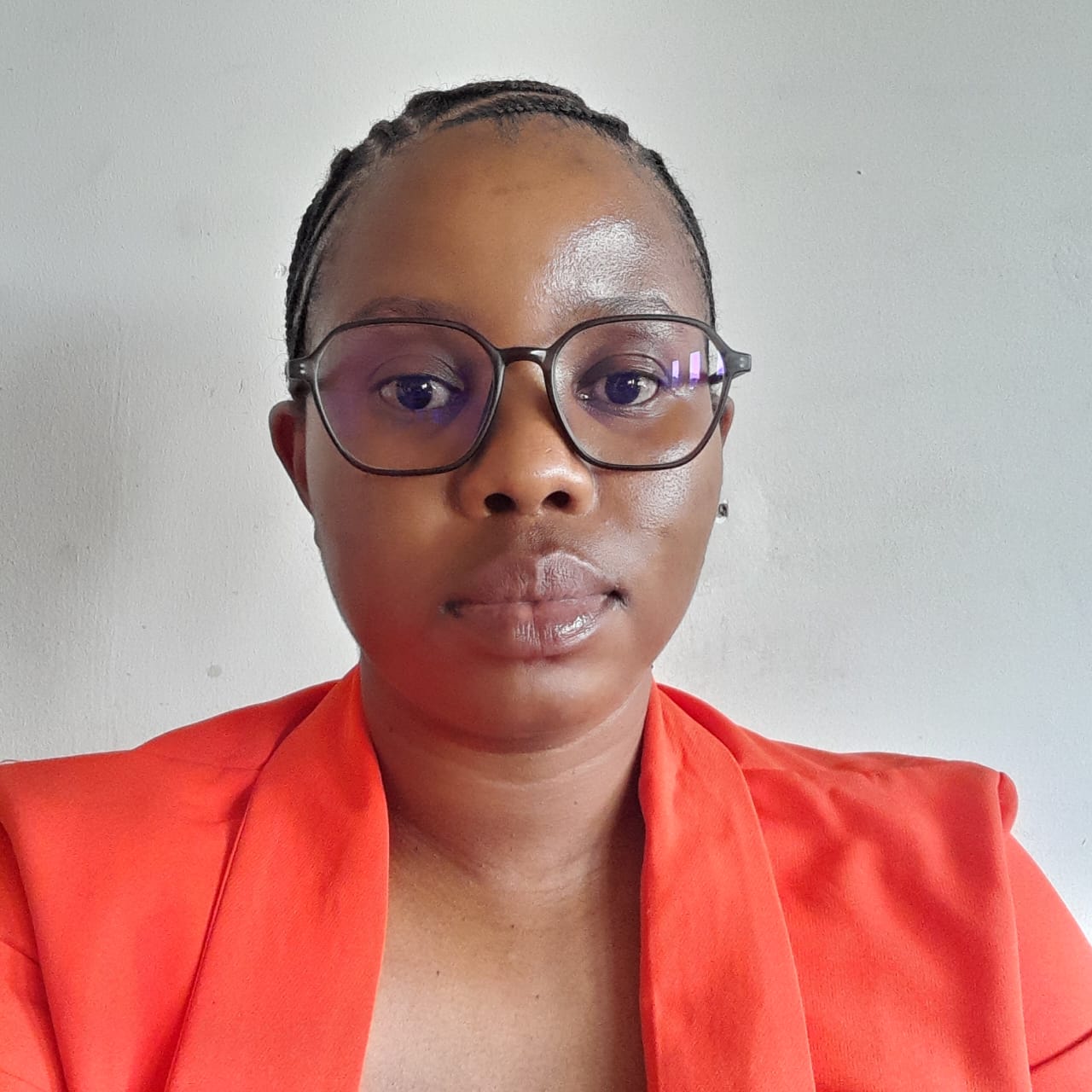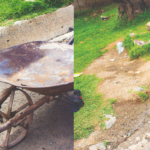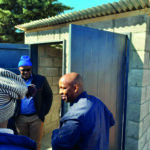At schools in Mafeteng, students arrive not just with books but with containers of water, shouldering the burden of their own basic needs.
Teachers, too, are not spared, often seen carrying water to school desperate to keep lessons going despite the unbearable conditions.
The stench of unflushed toilets fills the air, hands go unwashed before meals, and thirst gnaws at young minds struggling to focus.
This is not just an inconvenience, it is a crisis.
A relentless water shortage in the district, blamed on drought and the siltation of Rasebala Dam, has left schools paralysed.
The Water and Sewage Company (WASCO) struggles to provide a steady supply, forcing students and teachers into a daily battle for survival.
The crisis has severely impacted school feeding programs and basic water, sanitation, and hygiene (WASH) practices, leaving students vulnerable to health risks.
Without access to clean water, pupils struggle to concentrate, teachers face difficulties in maintaining order, and schools are unable to meet essential hygiene standards, and even basic school meals have become uncertain.
Ramahetlana ‘Matli, the principal of Mafeteng High School, is no stranger to the dire effects of the water crisis. His school, home to 120 students, is often among the first to run dry whenever shortages occur.
“Whenever a water crisis hits, we are the first school to lose supply. Other schools might have water for hours or even a day longer, but we run dry almost immediately,” he said.
He explained that the crisis escalated in late 2024, and without a borehole, the school has been left particularly vulnerable.
WASCO provides emergency tanker deliveries, but the limited water is prioritised for cooking and drinking, leaving hygiene to suffer.
“Our teachers’ restrooms use flush toilets, which become completely unusable without water. Teachers are forced to use pit latrines at their residences, while students continue using school toilets, even when they are unclean. The smell alone makes the environment unbearable,” ‘Matli explained.
If funds were available, ‘Matli said his first priority would be drilling a borehole to provide a reliable water source, alleviating the school’s dependence on WASCO’s inconsistent supply.
He described how, when water runs out entirely, teaching becomes nearly impossible.
“Students cannot concentrate when they are thirsty and hungry. School starts at 7:00 AM and ends at 4:00 PM, and when there is no water, there is no food. Those who do not bring their own water from home go the entire day without drinking. It is a difficult situation because we have no choice but to continue teaching under these conditions,” he said.
The school cannot resort to asking students to bring water from home, as such request would be far from being guaranteed given that many homes in Mafeteng are also battling with the same water scarcity.
Water crisis vs. global commitments
The water crisis in Mafeteng directly undermines the achievement of Sustainable Development Goal 6 (SDG 6) which calls for “clean water and sanitation for all.” It is one of 17 goals established to replace the Millennium Development Goals (MDGs) and aims to ensure sustainable water management worldwide.
SDG 6 outlines eight targets to be achieved by 2030, focusing on water access, sanitation, and resource sustainability. The six key outcome targets include:
- Universal access to safe and affordable drinking water.
- Adequate sanitation and hygiene for all, with special attention to vulnerable groups.
- Improved water quality through pollution reduction and increased wastewater treatment.
- Enhanced water-use efficiency to combat scarcity.
- Implementation of integrated water resource management at all levels.
- Protection and restoration of water-related ecosystems.
Yet, for schools in Mafeteng, these targets remain distant goals rather than everyday realities.
Tumo Moshesha, the principal of St. John’s A.C.L. High School in Mafeteng, recounted a distressing incident where he was forced to send students home during lunch due to a total water outage.
“Just last Thursday, we had no choice but to send students home because there was no water at all, making it impossible to continue with afternoon lessons. Coincidentally, we had scheduled a staff meeting, and without water or teachers, we decided it was best to dismiss the students,” Moshesha explained.
St. John’s, which educates around 600 students, depends on a 2,200-liter water tank when the water supply from WASCO runs dry. This tank, however, only sustains the school for up to two days.
“The water scarcity impacts not just the students but also the teachers living in school residences,” Moshesha added.
He further detailed that the school had installed a borehole years ago to combat such water shortages from WASCO, but it is currently non-operational because it was never fully completed.
“We have plans to fix and reactivate it, but funding remains our biggest challenge,” he said. The school is now in the process of finding a partner to help restore the borehole, yet the financial hurdles continue to impede progress.
“Our temporary solution is to ask students to bring water from home, but many families here face the same water scarcity issues. We hope parents can somehow manage to provide water. It is not just the students; even teachers must carry water containers to school,” Moshesha noted.
The bigger picture
The challenges faced by Mafeteng High School and St. John’s are not isolated incidents. More than 50 percent of schools in Lesotho still lack access to basic WASH services.
Lesotho’s National Guidelines for Water, Sanitation, and Hygiene (WASH) in Schools stress that all learners have the right to quality education, which includes access to clean drinking water and sanitation.
However, for many schools, these guidelines remain an aspiration rather than a reality.
The lack of clean water forces students to learn in unhealthy and undignified conditions, putting them at risk of disease and affecting their overall well-being.
Summary
- The Water and Sewage Company (WASCO) struggles to provide a steady supply, forcing students and teachers into a daily battle for survival.
- The school cannot resort to asking students to bring water from home, as such request would be far from being guaranteed given that many homes in Mafeteng are also battling with the same water scarcity.
- High School in Mafeteng, recounted a distressing incident where he was forced to send students home during lunch due to a total water outage.

Ntsoaki Motaung is an award-winning health journalist from Lesotho, specializing in community health stories with a focus on sexual and reproductive health and rights, as well as HIV. She has contributed to platforms like “Be in the KNOW,” highlighting issues such as the exclusion of people with disabilities from HIV prevention efforts in Lesotho.
In addition to her journalism, Ntsoaki serves as the Country Coordinator for the Regional Media Action Plan Support Network (REMAPSEN). She is also a 2023 CPHIA Journalism Fellow.








